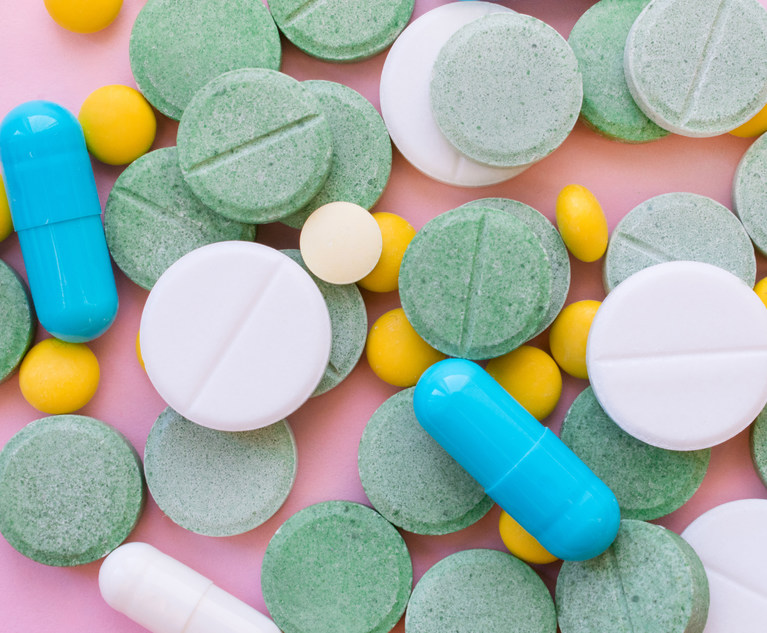 Last summer, the war in Afghanistan came to an inglorious end after 20 brutal years. It cost the United States over $2 trillion and resulted in the loss of over 6,000 American lives. But Afghanistan has not been our country’s longest war, or in many ways its costliest. That dubious distinction belongs to the War on Drugs, which Richard Nixon announced almost 51 years ago when he pledged to use the full force of the federal government to wage a “war” against illegal narcotics. While this massive, decades-long effort to eradicate illegal narcotics within our borders has resulted in no measurable success, the strategy remains largely intact. The time has come to change our approach to narcotics. For a second time in our country’s history, prohibition has failed. But the good news is that there are strong reasons to believe that legalization would be a more successful strategy.
Last summer, the war in Afghanistan came to an inglorious end after 20 brutal years. It cost the United States over $2 trillion and resulted in the loss of over 6,000 American lives. But Afghanistan has not been our country’s longest war, or in many ways its costliest. That dubious distinction belongs to the War on Drugs, which Richard Nixon announced almost 51 years ago when he pledged to use the full force of the federal government to wage a “war” against illegal narcotics. While this massive, decades-long effort to eradicate illegal narcotics within our borders has resulted in no measurable success, the strategy remains largely intact. The time has come to change our approach to narcotics. For a second time in our country’s history, prohibition has failed. But the good news is that there are strong reasons to believe that legalization would be a more successful strategy.
The war on drugs is based on the premise that ingesting narcotics is unhealthy for the individual and dangerous for society. Narcotics cause people to experience altered mental states, which people enjoy for a variety of reasons. Their abuse, however, can result in some steep costs, including crime and death. Of course, the same can be said of alcohol, which is both legal and widely consumed. Why do we draw such an arbitrary line between alcohol and drugs? Does the alcohol industry simply have a better lobby? And when did we collectively decide that the government could tell us which mental states we are allowed to experience and which are forbidden? Is that really any different from being told what we can and cannot think?






